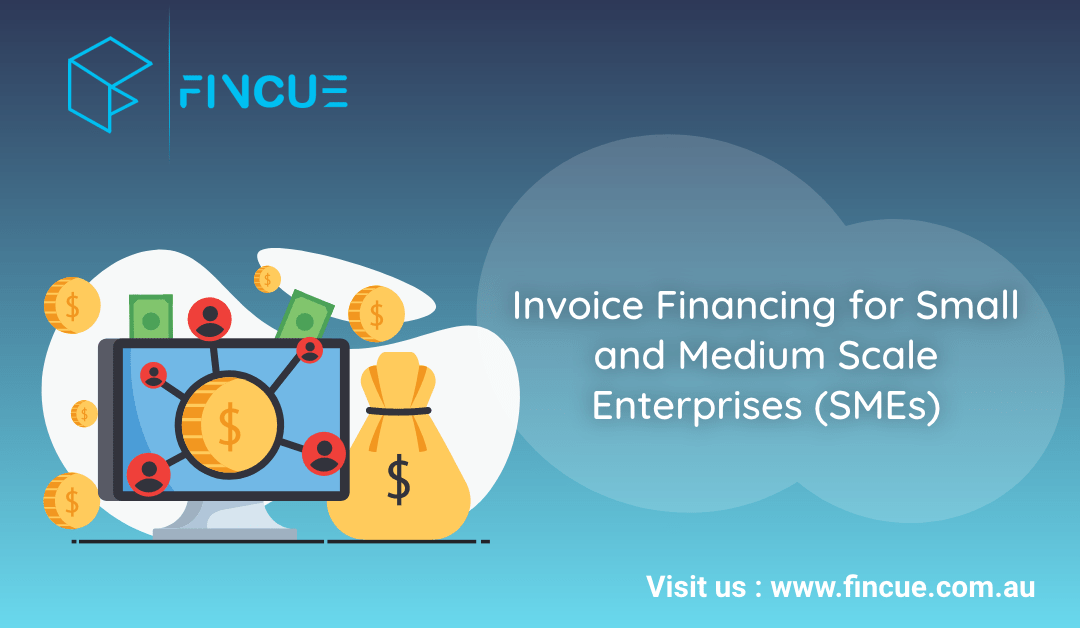Bill financing is booming, and several factors explain this success, especially for Small and Medium Scale Enterprises (SMEs). Over the past two decades, some key events have changed the way small and medium-sized enterprises borrow and secure loan for grow their business. The 2008 financial crisis had a lasting impact on the functioning of companies, almost through out the world. Further, the COVID-19 pandemic that hit the world in 2020 wreaked havoc on the national and global economy. SMEs have the most severe consequences of the wreckage. However, there can be a way out of the bottlenecks foisted on small business – often, this is through invoice financing system.
Traditional loans are more difficult to access for small businesses and those that have been established for a short time. During the pandemic, bill payment is slowed down. This has further increased the intense pressure on SMEs to continue to pay salaries and suppliers. Business leaders therefore need a simple, accessible and economical way to maintain their cash flow. All lenders base the cost of borrowing on risk. However, freeing cash from unpaid invoices is relatively low risk.
What is Invoice Financing and How Does it Work?
Bill financing is a quick and easy way to borrow funds that are secured by the value of your unpaid bills. When you issue an invoice, a lender advances a percentage of the billed amount to your business (usually around 90%) – and some vendors guarantee payment within twenty-four hours.
Depending on the type of invoice financing you are requesting, a credit check will be performed by the lender or by yourself. In this case, you receive the remainder of the invoice value, minus the finance charge when it is paid by your customer.
Invoice Discount or Invoice Factoring
The two main types of invoice financing are discounting and invoice factoring. The difference between these two types of funding is who is responsible for collecting payments. For businesses, there are two main factors to consider when choosing one of the two solutions. The two questions to ask yourself are therefore whether you are ready to let your customers know that you are using invoice financing and whether you want to outsource the credit check.
Discounting invoices is the easiest solution. You borrow against the value of the invoice while maintaining control over the continuation of payment.
Along with invoice factoring, the finance company performs the credit check. Your customers will know that you have outsourced the operation.
Invoice financing is available for almost any SME, from established businesses to start-ups, but invoices are best suited for business-to-business sales.
How much does it cost to finance invoices?
It depends on the choice of factoring or discount. Factoring costs are usually higher because the credit check is done by the lender.
The typical cost of financing invoices is between 0.5% and 5% of the invoice value. However, this rate can be influenced not only by your credit rating, but other factors as well. The amount of the invoice that you want to finance can also have an impact on the charges. Large amounts tend to result in lower charges than low-value invoices.
How can invoice financing help my business?
The popularity of invoice financing is due to its relatively healthy way to maintain healthy cash flow. However, it is recommended that you use it as part of your forecasting and cash flow planning. It is dangerous to depend on any form of funding. Nonetheless, as an add-on in times of low working capital, invoice financing can be a cost-effective solution for you to pay your expenses, salaries, suppliers, and even retail real estate rents.
Fincue is an Australian-based lending platform using a ‘loan as a service’ platform and mobile technology to connect borrowers to lenders. We will provide bill financing for your SMEs. Speak with us today.

